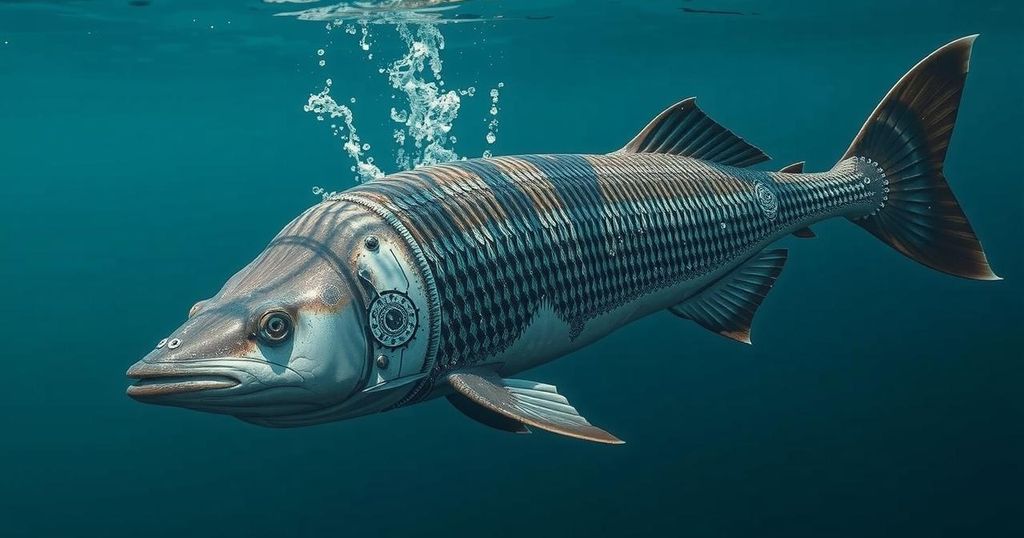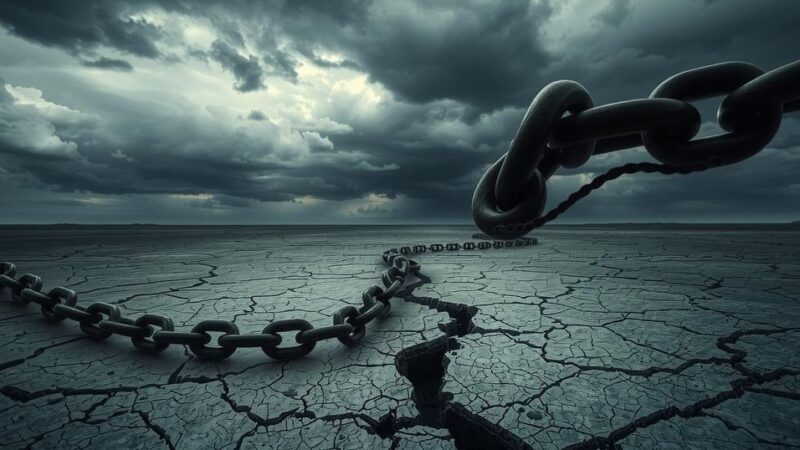Climate change is significantly increasing the collision risks for whale sharks with cargo ships, especially as they migrate to cooler waters. A recent study indicates that without intervention, the likelihood of fatal encounters may rise by 43 percent by 2100 if greenhouse gas emissions continue unabated. Although whale sharks are protected in many areas, their populations have declined by over 50 percent in the past 75 years. Effective solutions include reducing ship speeds in busy shipping lanes to protect these vulnerable species.
Recent research indicates that climate change poses a significant threat to whale sharks, the largest fish in the world, as they increasingly face fatal encounters with cargo ships. These gentle giants, which can grow to the size of a school bus, have been found to be vulnerable in busy shipping lanes where they seek cooler waters due to rising ocean temperatures. A study published in Nature Climate Change highlights the alarming statistic that the risk of collisions could increase by as much as 43 percent by the year 2100 under rising greenhouse gas emissions.
Scientists utilized satellite data to monitor 348 whale sharks over a period of 15 years, overlaying their movements with global climate models to ascertain the risk posed by shifting shipping routes and warmer ocean waters. As whale sharks migrate, they are anticipated to move towards coastal areas that are already heavily trafficked by vessels, such as regions near the western United States and the eastern China Sea, leading to increased potential for deadly ship encounters.
Despite being protected in various regions, whale shark populations have dwindled by over 50 percent in the past 75 years due to overfishing and habitat loss. Awareness of their economic value in ecotourism has led to improved protective measures; however, mysterious population declines persisted until recent studies revealed a high incidence of collisions with ships. Previous research established a concerning 92 percent overlap between whale shark routes and shipping lanes, indicating that many may perish without any awareness from the vessels.
A solution has been proposed through established practices of reducing ship speeds in high-risk areas. Slowing down vessels not only promises to protect whale sharks but has also been effective in safeguarding other endangered marine species. For instance, a 2022 study reiterated that limiting speeds to below 10 knots could decrease the likelihood of whale shark fatalities by over 50 percent. Adjusting shipping routes and enforcing speed regulations could greatly enhance the safety of these vulnerable creatures.
In essence, the ongoing impacts of climate change exacerbate the already precarious situation for whale sharks, necessitating immediate action informed by the data at hand to avert further declines in their populations.
This study underscores the interconnectedness of environmental challenges and human activities, emphasizing the urgent need for policy changes to protect marine biodiversity. The time to act is now.
The article examines the detrimental effects of climate change on whale sharks, the world’s largest fish species. Warmer ocean temperatures and increased shipping traffic pose significant hazards for these gentle giants, leading to a potential rise in fatal collisions with cargo vessels. The text explores research findings from a study that predicts heightened risks for whale sharks as they seek cooler waters while migrating. Despite protections in place for whale sharks, their populations have continued to decline due to threats such as habitat loss and ship strikes, prompting discussions about intervention strategies to ensure their survival.
The research findings highlight the critical need for immediate and effective measures to safeguard whale sharks from the increasing dangers posed by climate change and maritime activity. Implementing speed limits for vessels in high-risk zones, coupled with re-evaluating shipping routes, could significantly mitigate the risk of collisions. It is imperative for stakeholders, including governments and conservation organizations, to work collaboratively to develop and enforce protective policies to preserve these endangered marine creatures for future generations.
Original Source: www.conservation.org






